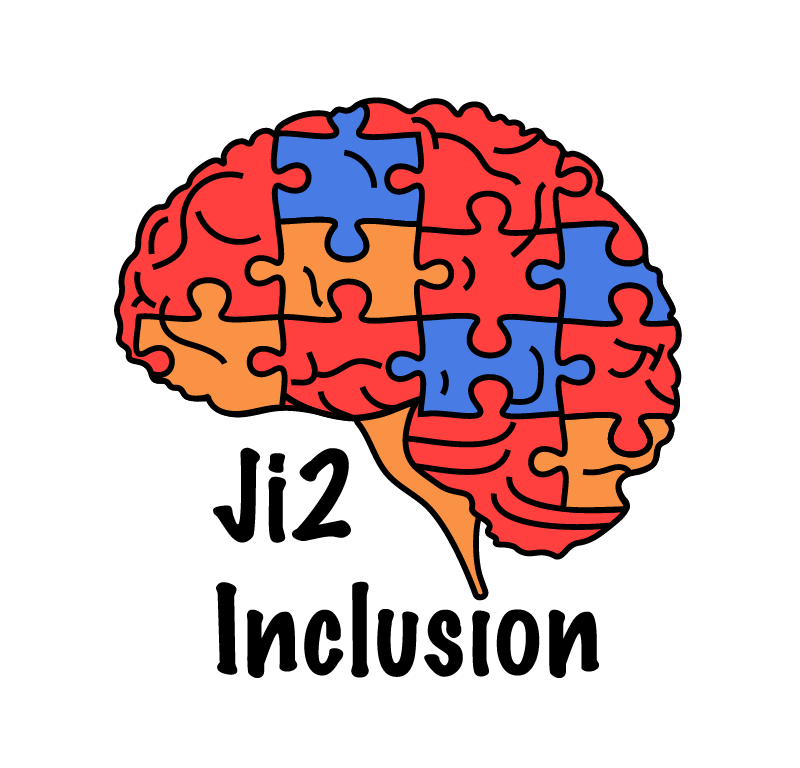Promoting Inclusion: Creating Supportive Environments for Students with Cerebral Palsy
In our commitment to fostering inclusive educational environments, it's essential to recognize the unique needs and challenges faced by students with cerebral palsy (CP). By understanding and addressing these needs, we can create supportive spaces where every student can thrive and succeed.
Understanding Cerebral Palsy
Cerebral palsy is a neurological condition that affects movement, posture, and muscle coordination. It can vary in severity, with some individuals experiencing mild symptoms while others require more extensive support. It's important for educators and school staff to have a basic understanding of CP and its potential impact on a student's learning and development.
Creating Inclusive Classrooms
Inclusive classrooms are characterized by their commitment to diversity, accessibility, and support for all students. For students with CP, this may involve providing assistive technology, modifying learning materials, and implementing strategies to address mobility and communication challenges. Flexible seating arrangements, alternative assessment methods, and personalized learning plans can also contribute to a more inclusive classroom environment.
Empowering Students
Empowering students with CP involves recognizing their strengths, abilities, and potential contributions to the classroom community. Encouraging independence, fostering self-advocacy skills, and promoting positive peer interactions are essential aspects of supporting students with CP. By emphasizing their abilities rather than focusing on limitations, educators can help students with CP develop confidence and resilience.
Collaboration and Support
Effective collaboration between educators, support staff, therapists, and parents is crucial in meeting the diverse needs of students with CP. Regular communication, goal-setting, and sharing of resources can help ensure that students receive comprehensive support both in and out of the classroom. Additionally, providing professional development opportunities for staff can enhance their knowledge and skills in working with students with CP.
Promoting Awareness and Understanding
Raising awareness about cerebral palsy and advocating for inclusion can help create a more supportive and inclusive school community. This can be achieved through awareness campaigns, guest speakers, and inclusive events that celebrate diversity and promote empathy and understanding.
Conclusion
Creating inclusive schools for students with cerebral palsy requires a collaborative and proactive approach that prioritizes accessibility, support, and empowerment. By embracing diversity and recognizing the unique strengths and abilities of every student, we can build a more inclusive educational system where all students have the opportunity to thrive.
